When Malls Were Maps
Before Richmond Town Square was stripped of tenants and time, people knew it differently.
You parked near Sears without checking a map because you didn't need one.
That was September 1966, when it opened as Richmond Mall, and it stayed busy long enough for two generations to know where the bookstore was and how late the movie started.
There are fewer easy answers now, but if you're looking for things to do in Richmond Heights, Ohio, the site of the old mall may offer some options soon.
The buildings are gone, but the Belle Oaks Marketplace redevelopment project is beginning to take shape where the stories once lived.
Launching the Model - Retail at Richmond and Wilson Mills
Richmond Mall opened on September 22, 1966.
Its location was deliberate: the corner of Richmond Road and Wilson Mills Road had space, traffic, and a growing suburban population.
Edward J. DeBartolo Sr., who had already shaped malls across the U.S., added another footprint here.
His name rarely appeared on storefronts, but his developments became landmarks.
The original tenants at Richmond Mall included JCPenney, Sears, Woolworths, and a 10-screen Loews Theater.
Local retailers like Richman Brothers and Winkelman's filled the in-line space.
The mall carried early signs of longevity. It had one floor for most stores, with second levels in the anchors.
Parking surrounded the site. Public transit via the Greater Cleveland RTA added access.
Over time, it developed into what regional planners classified as a "super-regional" mall.
That label referred to size and draw: more than one million square feet and enough tenants to pull shoppers from several counties.
The 1988 arrival of a public library kiosk inside the mall said something about how locals used the space.
Books moved where people already gathered.
When mall renovations in 1998 displaced the kiosk, the Richmond Town Square library branch reappeared in a 1,200-square-foot space by the northeast entrance near Sears in 1999.
That kind of adjustment, quiet but consistent, kept the mall in sync with daily life.
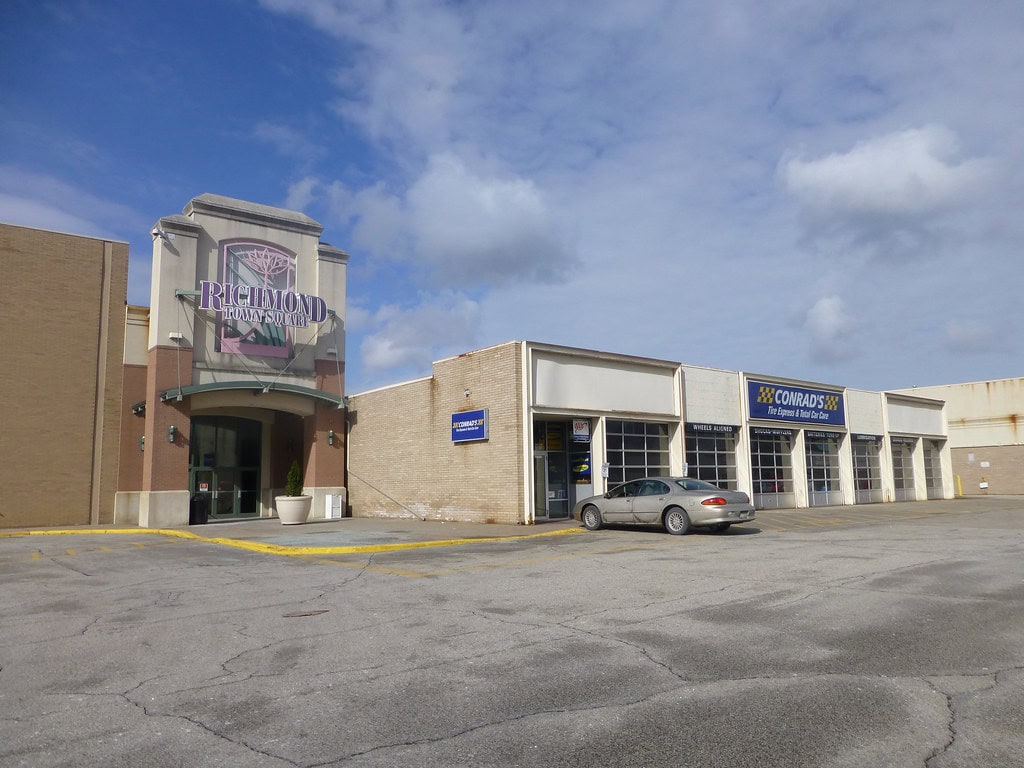
Renovations and Rebranding - The Late-90s Retail Push
By the mid-1990s, Richmond Mall needed an update.
Malls that once felt fresh in 1966 were now showing wear, and competition across northeast Ohio wasn't slowing down.
In 1997, Woolworths shut its doors at the mall. The following year, changes came fast.
Kaufmann's moved in as a new anchor, taking over the former Woolworths spot.
The store had been operating at Euclid Square Mall before shifting south to Richmond Heights.
In the same wave of updates, Loews Theater was expanded from 10 to 20 screens, and a Barnes & Noble was added as a junior anchor.
That year also brought a new name. In 1998, Simon Property Group absorbed DeBartolo Realty Corp.
and began a $100 million renovation of the property.
With the remodel came the new branding: Richmond Town Square.
Along with structural changes, Simon added decorative features using newer materials and design trends of the time.
This period marked the mall's transition from a standard mid-century shopping hub into a late-1990s format, with brighter interiors, larger anchor footprints, and adjusted tenant mixes aimed at staying competitive in a changing retail market.
The updates kept foot traffic steady for a while, but the growth period that followed didn't last long.
While the late '90s improvements gave the mall a second wind, the broader retail industry was already tilting in a different direction.
Anchor Losses and Tenant Rollouts - The Decline Sets In
By the early 2000s, Richmond Town Square was beginning to lose its grip.
The signs were gradual at first. In 2006, Kaufmann's became Macy's after the Federated-May merger.
Around the same time, Loews was rebranded to Regal Cinemas.
Neither change altered the footprint much, but the brand swaps reflected larger shifts in national retail consolidation.
Four years later, in 2010, Barnes & Noble closed its location in the mall.
The company had started cutting stores nationally, and Richmond's branch made the list.
Planet Fitness moved into the former Barnes & Noble space in 2012.
Fitness chains were expanding aggressively at the time, and malls offered large, vacant spaces with steady utility hookups.
But that addition didn't stop what came next.
On May 28, 2014, Simon Property Group confirmed it would transfer Richmond Town Square, along with Great Lakes Mall, to Washington Prime Group.
This move distanced Simon from properties that had become harder to lease or sell.
In January 2015, Macy's announced a closure plan affecting 14 stores across the country, Richmond among them.
By mid-March, all signage was down, and the store sat empty.
Later that year, in November 2016, the mall was sold to Kohan Retail Investment Group for $7.25 million.
Within 16 months, the two remaining original anchors followed suit.
Sears closed in March 2017. JCPenney announced its closure on July 31, 2017, a few months later.
What remained were scattered tenants, a theater still operating, and a structure waiting for another plan.
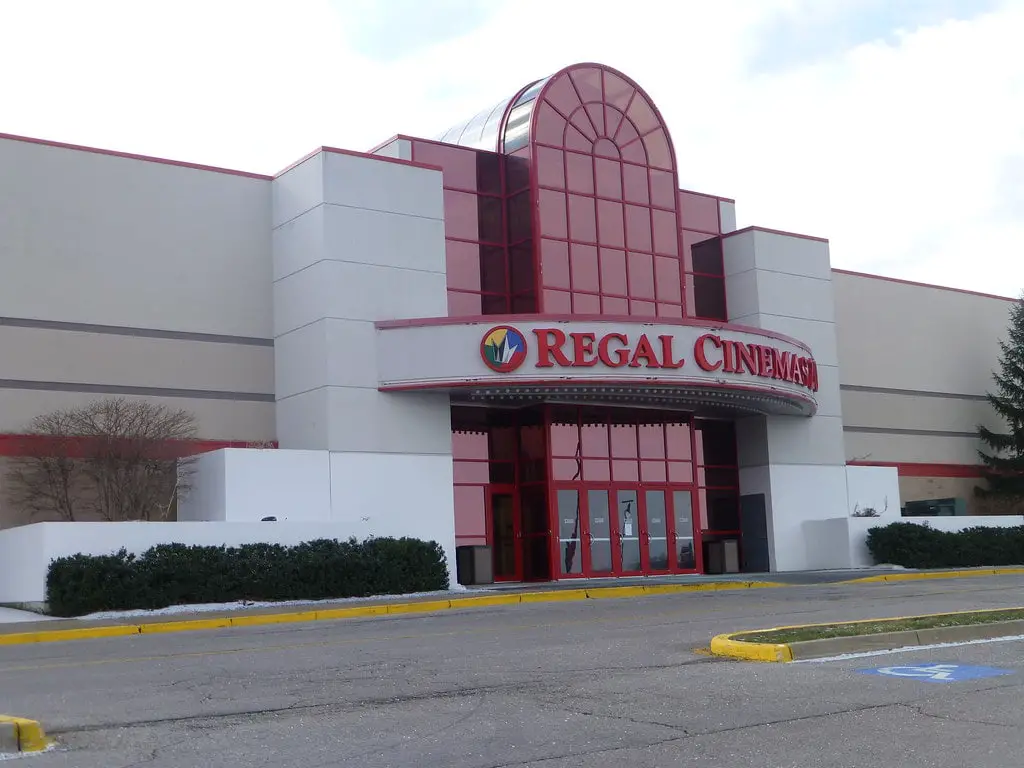
Redevelopment Announcements and Property Transfers
On July 2, 2018, DealPoint Merrill introduced its proposal: a $69 million redevelopment of the northern section of Richmond Town Square.
The plan focused on the area near the long-vacant Sears, stretching from the former anchor building through its adjacent parking lot.
Publicly filed details described a new layout with apartments, a hotel, and green space.
It was the first redevelopment concept to come with both financing and a builder attached.
The following year, on May 1, 2019, the company released early site plans under the project name Belle Oaks at Richmond.
It projected multi-phase development.
At full buildout, the concept aimed to replace old retail square footage with over 800 residential units and large-format retail space.
While renderings circulated in press briefings and online, demolition did not begin in 2019 as projected.
The mall remained open into 2020, though with minimal tenant presence.
On May 6, 2021, Richmond Town Square officially closed.
A public event held in June 2021 in the former Sears parking lot previewed the redevelopment for area residents.
There was no retail activity left in the main structure by then.
In July 2021, DealPoint Merrill acquired the remaining portion of the mall property, consolidating control across the entire site.
Despite plans for demolition starting in fall 2021, delays followed.
Demolition didn't actually begin until September 18, 2023.
Construction Phases and Delayed Execution - Belle Oaks in Motion
DealPoint Merrill divided Belle Oaks Marketplace into three construction phases.
Phase I includes seven residential buildings with a total of 486 units and about 17,000 square feet for retail and restaurants.
Phase II adds another 312 apartments in six buildings, along with 57,875 square feet of retail.
These two stages occupy the bulk of the former mall's footprint.
Phase III, the commercial core, is set to feature a 159,900-square-foot Meijer grocery store and 34,330 square feet of surrounding retail and restaurant space.
By late 2024, actual progress had barely broken past early site prep.
The demolition of the Sears building didn't begin until December 17, 2024.
Grading followed, which allowed for foundational work on the first apartment buildings, but the construction schedule lagged behind earlier projections.
Statements from the company had placed key commercial openings in early 2025.
As of May 8, 2025, the Meijer store is open. At 159,000 square feet, it includes grocery, pharmacy, home goods, electronics, and apparel departments.
The store also offers a garden center, deli, bakery, and fuel station.
This is Meijer's third new Ohio location in 2025, joining others in Austintown and Medina.
A Firestone location began operating in late 2024, and the Belle Oaks leasing center opened at 775 Richmond Road in early May 2025.
Residential occupancy dates have not been finalized, and large portions of the site remain under construction.
Full project completion is now expected by April 2027.
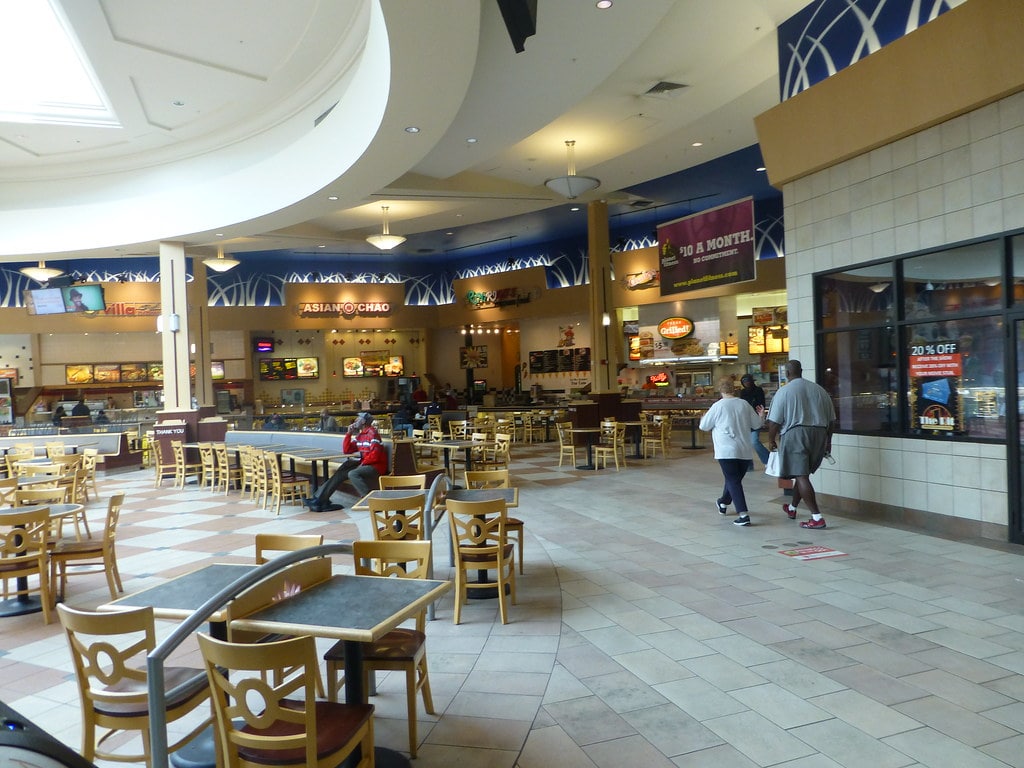
🍀

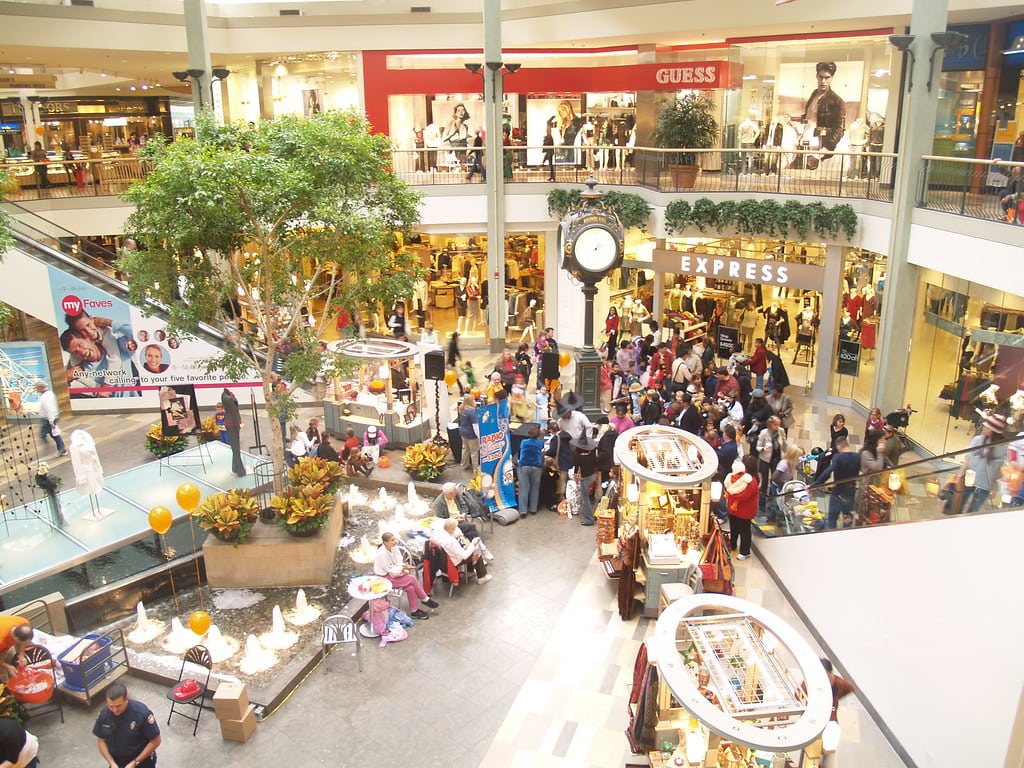
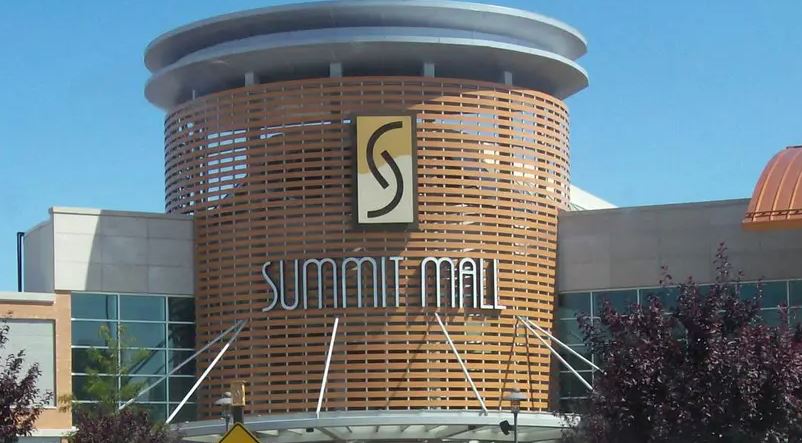
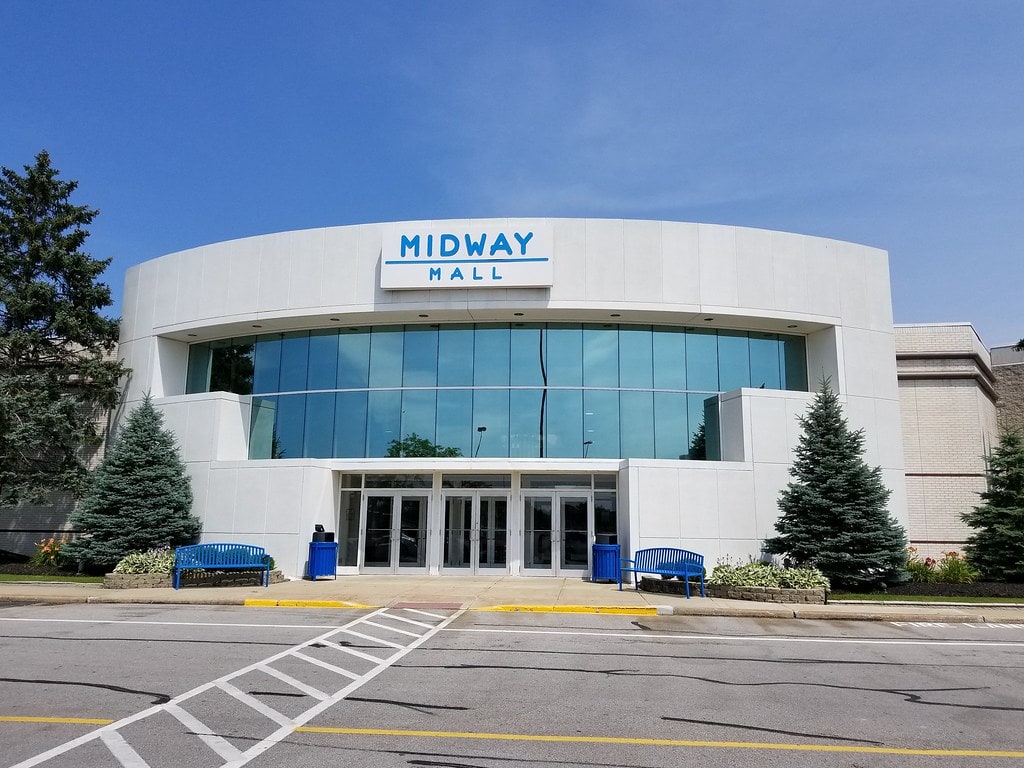
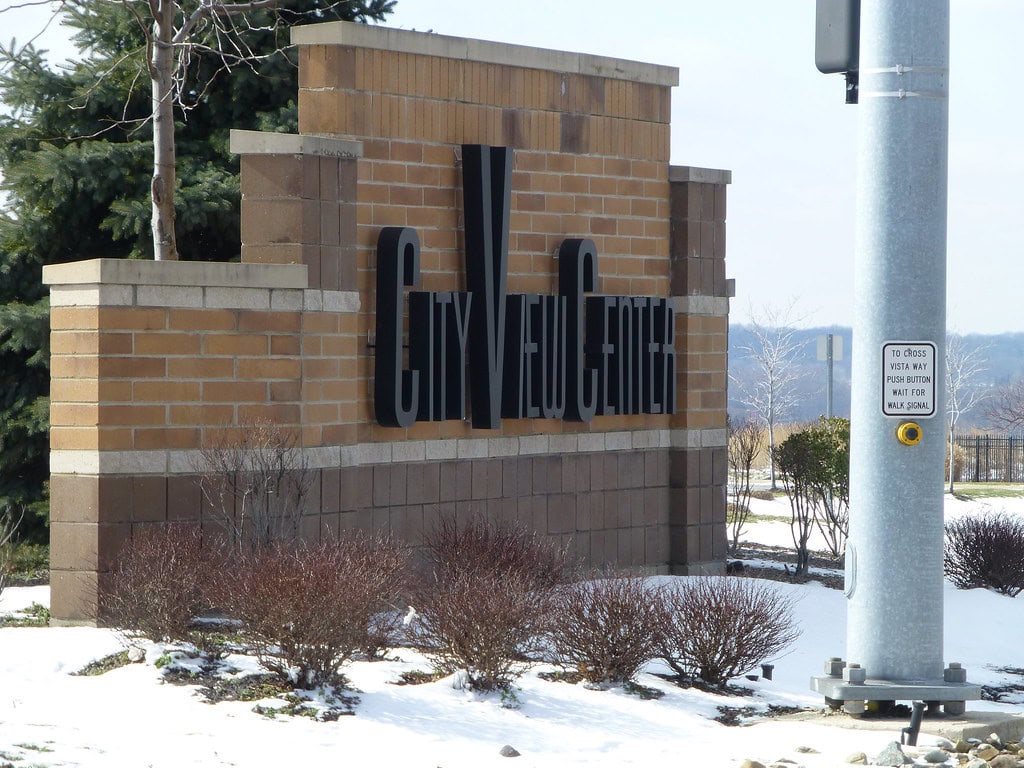
It was a nice, convenient mall, but I am not surprised that it failed. It seems that the mall developers have this "mall mentality" to hat hasn't changed for the 51 years I have been alive. Their idea of the mall shopping experience is stores like Spencer's and little nick nack stores. Why not arrange things to draw people in for what. they clearly Need when they go shopping? Grocery stores and Dollar Tree, etc. People like malls because it is easy to go from one place to the next, and it is warm. I think they would have survived, if they were smarter and marketed for convenience and necessity. How many shoe stores do you really need?
Absolutely! Mall developers are still stuck in the same old mentality instead of focusing on people's needs. While malls are convenient because they're all in one place and provide shelter from the weather, they must adapt to changing consumer needs to stay relevant and successful. Hopefully, mall developers will start to recognize this and make changes to better serve their communities instead of just closing malls.
first of all it was originally called just the Richmond Mall and did so poorly but cause people stopped going out to shop and shopped on the computer and that will not change and also malls are dangerous especially around the inner ring
Thanks for sharing your thoughts about Richmond Town Square in Ohio. I hope the management continues to work towards making malls a safe and enjoyable places to shop.
it looks lovely, almost like an adult living community. The suites look like they are a nice size and the amenities in the complex seems to promote community. One question; will the theatre remain? If I wasnt settled, this would be an area that I would consider.
You're not the only one who sees that resemblance. The balance of private space and shared amenities does give it the look of a planned residential setting - even if, technically, it's not age-restricted.
cities are greedy are always cutting there nose off to spite there faces. instead of working together in the wake of changing customer trends they doubled down. there were what 5 6 malls in a 15 mile radius. you never needed that many. cities should cooperate and work with another and develop and share revenues. the never learn as we see with Pinecrest. already been sold already losing tenants. why did you need pinecrest when when you have a shopping center across the street and 3 one freeway exit away?
You've raised a point that rarely gets public discussion: municipal competition. Cities chase tax revenue, but too often, it ends in redundancy and eventual vacancy.
The Demographics changed. Not safe in 2000 to shop there.
Safety perception often shifts before or faster than the data does. Once a place "feels" risky, foot traffic drops - even if the numbers don't fully support the fear.